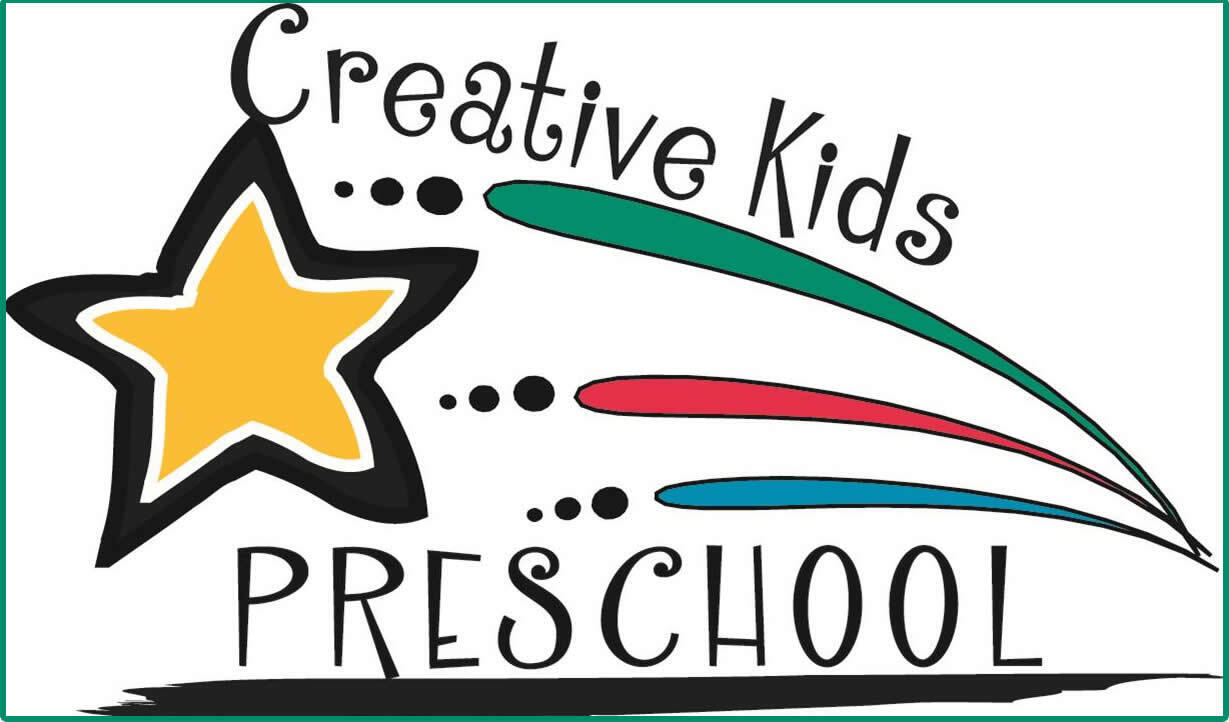

Title: Nurturing Young Minds: The Power of STEAM Education for Children Ages Birth to 5
In today's rapidly evolving world, education is no longer limited to the classroom or a specific age group. The concept of STEAM (Science, Technology, Engineering, Arts, and Mathematics) education is breaking new ground, even among the youngest learners—children from birth to age 5. STEAM education for preschoolers and toddlers might sound advanced, but it's actually a wonderful way to ignite their curiosity, build strong foundations, and prepare them for a future that's increasingly driven by innovation and technology.
Why STEAM for the Little Ones?
-
Nurturing Natural Curiosity: Children are naturally curious from the moment they're born. They want to explore, touch, taste, and understand the world around them. STEAM activities harness this innate curiosity, encouraging children to ask questions, make predictions, and explore the "why" behind everyday phenomena.
-
Hands-On Learning: Young children learn best through hands-on experiences. STEAM activities provide them with opportunities to experiment, build, create, and problem-solve, all of which are essential skills for later academic success and life in general.
-
Early Exposure to Technology: In our digital age, early exposure to technology is unavoidable. Introducing age-appropriate technology and coding activities in a playful manner can help children become more comfortable and confident with these tools, setting a solid foundation for future tech literacy.
-
Promoting Critical Thinking: STEAM activities encourage critical thinking and problem-solving. Even the simplest activities, like building with blocks or mixing colors, require children to think logically and creatively.
Incorporating STEAM into Daily Life
Incorporating STEAM into a young child's daily routine doesn't have to be daunting. Here are some practical tips:
-
Read STEAM-Related Books: Choose books that explore science, nature, engineering, and art. Discuss the concepts and ask questions while reading together.
-
Hands-On Experiments: Simple experiments like mixing colors, creating bubbles, or growing plants can be both fun and educational. Be prepared for some mess, and remember, it's all part of the learning process!
-
Exploring Nature: Nature is a fantastic teacher. Take nature walks, observe birds, insects, and plants, and discuss what you find. Try planting seeds and watching them grow.
-
Building Blocks and Puzzles: Toys like building blocks, puzzles, and construction sets are excellent for developing spatial reasoning and problem-solving skills.
-
STEAM Apps and Games: There are many age-appropriate STEAM apps and games available for tablets and smartphones. These can be engaging and educational when used in moderation.
-
Artistic Expression: Encourage creativity through art. Children can experiment with colors, shapes, and textures, developing their fine motor skills and self-expression.
The Role of Parents and Caregivers
Parents and caregivers play a crucial role in introducing STEAM concepts to young children. Be patient, provide guidance, and, most importantly, allow them to explore and make mistakes. Remember that the goal is not just academic excellence but also fostering a love for learning.
At New Discoveries Preschool, we believe STEAM education for children from birth to 5 sets the stage for a lifelong journey of discovery and innovation. By incorporating these principles into your child's daily life, you're helping them build a strong foundation for future success in school and beyond. Embrace the wonder of STEAM and watch your child's natural curiosity flourish.


